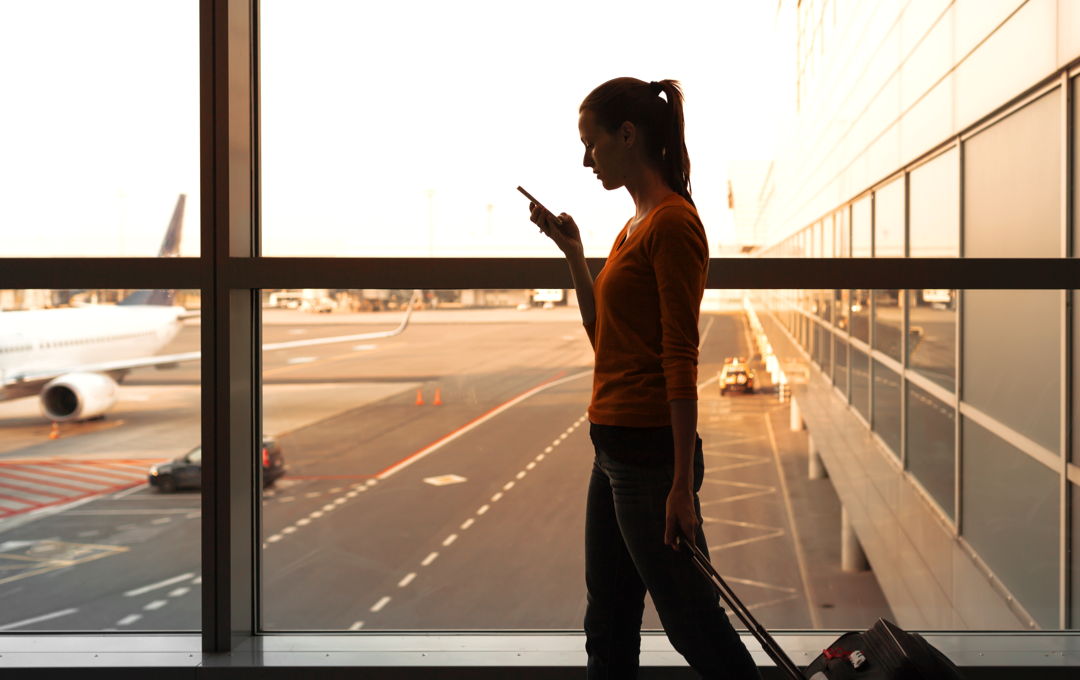Streamline Operations and Improve Service with Indoor GPS
We have become increasingly dependent on mobile apps’ location services, for navigation, search, and tracking. However, GPS doesn’t work indoors. This creates a challenge for building owners and operators of commercial buildings who struggle to improve their services using indoor location.
How IndoorGPS is already Driving Retail Services
With consumers’ increasing dependence on grocery delivery, pickers must be able to efficiently find everything on their clients’ lists, working quickly to handle order volume and maximizing the number of “baskets” they can fill daily.
Retailers have other service requirements, such as stocking and inventory control, so they need to ensure employees can speedily navigate to the right shelves. For that Oriient Product Location AI (PLAI) automatically learns product locations with simple barcode scans near the shelf. The map is continuously updated by aggregating data using Oriient’s self-learning AI system. The data automatically feeds into the route optimization engine, accelerating navigation to any item in the store.
Improving the Commercial Building Service
The benefits of indoor GPS go well beyond finding products. In a large campus, hospital, public building, convention center, or any other private facility, one of the more common visitor questions is “Where can I find room number…?” Real-time search and navigation allow them to quickly locate the nearest facility, meeting room, or cafeteria. The end result will be significant time and energy savings for the visitor, increasing satisfaction with their experience and the brand. Furthermore, staff can be assigned other roles instead of having to be available to escort lost visitors.
Also, when visitors are using the building’s app with indoor location, they can easily report any issue – whether it’s to open a ticket for maintenance and automatically “geo-tag” the spot or to call for assistance, asking for someone to meet them at their location.
Maximizing Facility Operations with Indoor GPS
Being able to tag people and locations makes it significantly simpler to manage building maintenance services. With cumulative insights into employee “travels” throughout the building, maintenance staff routes can be better planned to maximize efficiency according to priority and physical location. This same data can be used to assign tasks based on building traffic – making sure kitchen areas are cleaned daily and unoccupied offices are cleaned less frequently.
On-the-fly issues can be addressed more quickly, as the person discovering the problem – a leaky faucet or a broken bottle – can tag it, making it faster to find and allowing management to know exactly where to direct staff. When these tasks are performed by outside contractors, it’s even more critical to maximize productivity and reduce lost time spent finding specific locations – and you won’t have to send staff to guide them to the spot.
Meanwhile, facility managers can use indoor GPS to send real-time location-based announcements, such as a certain area has just been painted or ensuring protocol compliance, reminding staff they are not authorized to enter certain areas. Facility owners can further leverage navigation data to analyze space usage and traffic patterns to maximize the value of their sites.
Strengthening Facility Security & Safety
During a building-wide emergency, time is of the essence, as the facilities management team must quickly and efficiently communicate with the building’s occupants. Using indoor GPS allows notifications to be sent in real time, directing people to the nearest exits or providing instructions about where to seek shelter.
When a single incident occurs, it’s critical to direct security and safety teams to the right place. With real-time location intelligence, the command-and-control dispatcher has situational awareness, knowing exactly where everyone is, reducing response time by sending the nearest personnel. If first responders are required, real-time navigation helps them more rapidly address the emergency.
In addition, most public buildings – retail outlets, office buildings, medical facilities – require regular fire inspections. Employees must take time away from their regular duties to guide the fire inspector throughout the facility. Using location tags combined with real-time monitoring give the facility managers comprehensive visibility into the inspection process, allowing them to better manage compliance.
Beyond Wayfinding
Oriient indoor GPS provides clear benefits to any site with high visitor turnover. Helping visitors, customers, and tenants find people, products, and places saves time and money – for both the facility and its clients. Using Oriient’s technology strengthens the customer-visitor experience and the brand, while improving operational efficiency and productivity.



